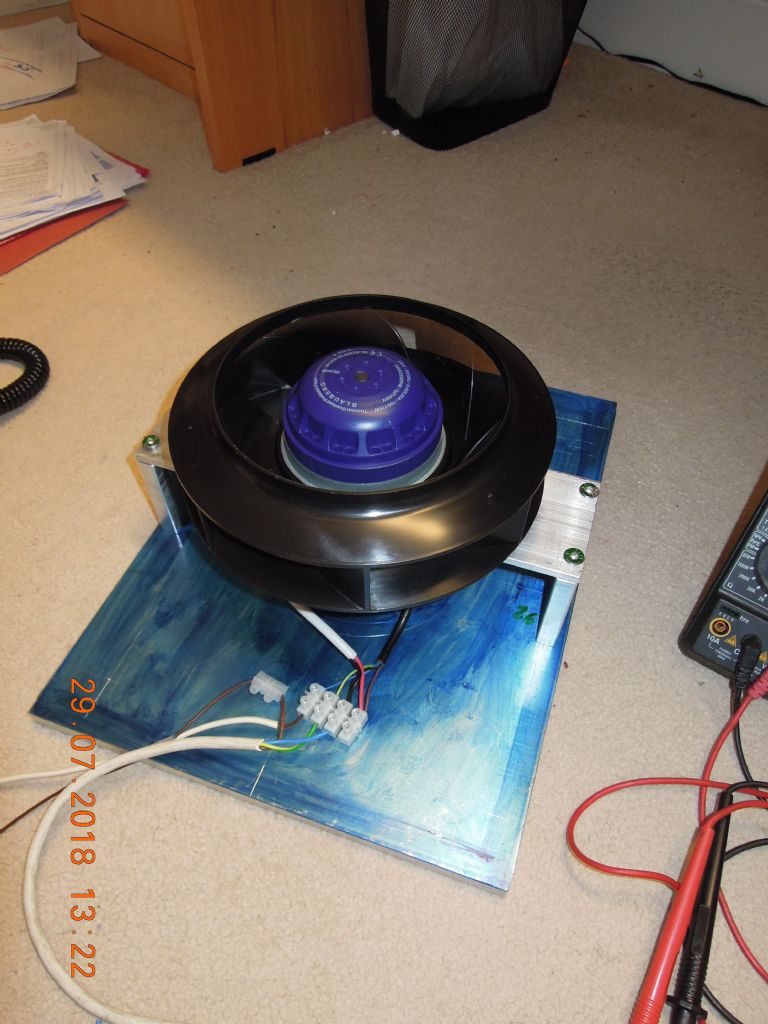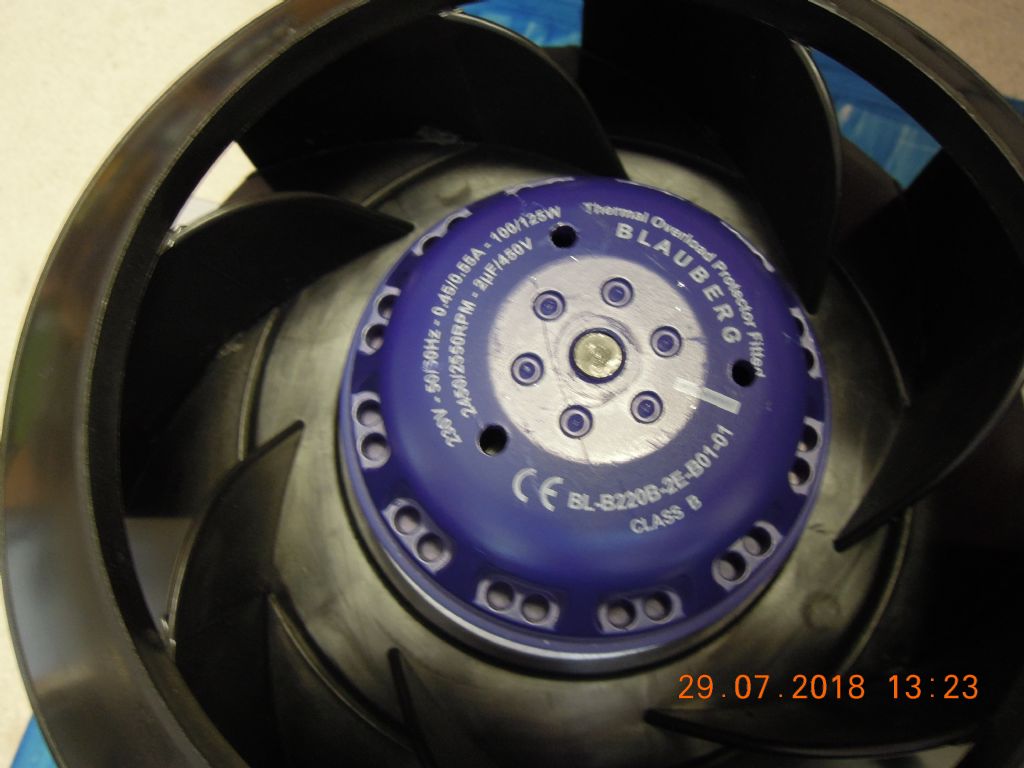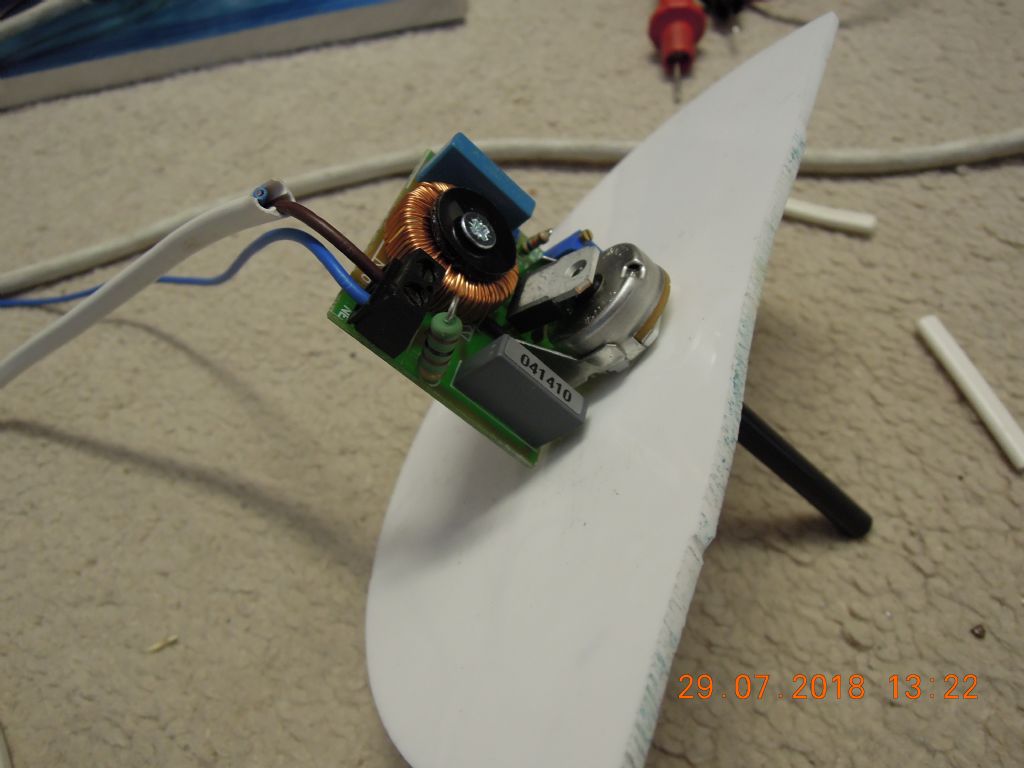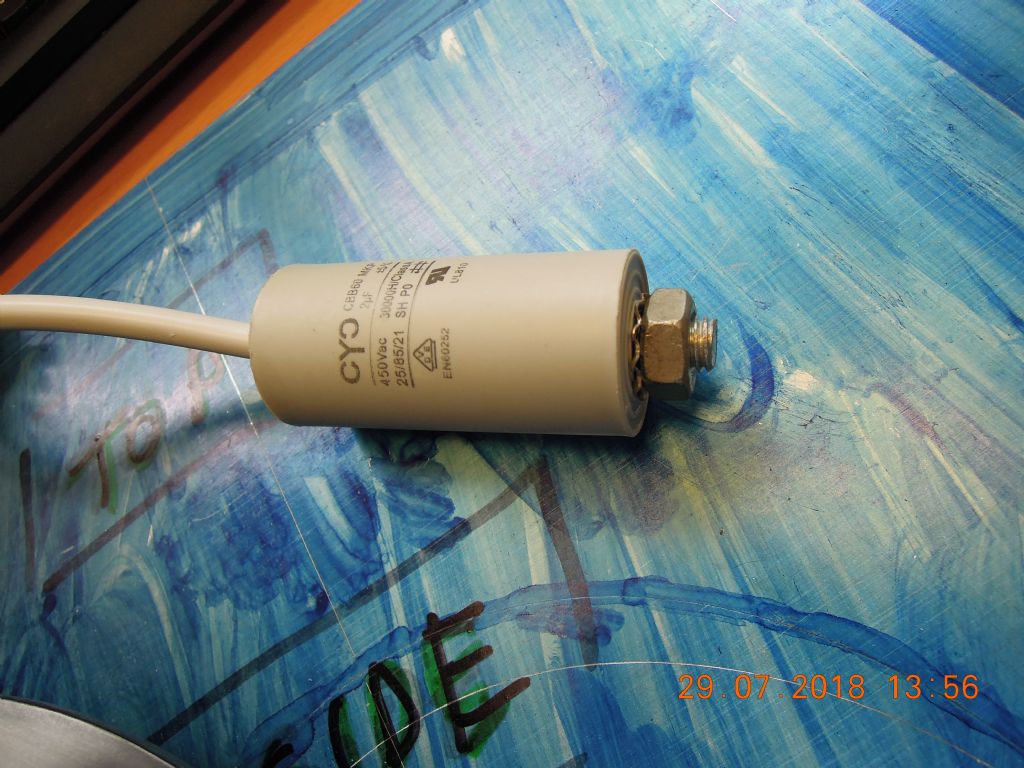kitchen fan speed control
kitchen fan speed control
- This topic has 8 replies, 7 voices, and was last updated 2 August 2018 at 09:35 by
SillyOldDuffer.
Viewing 9 posts - 1 through 9 (of 9 total)
Viewing 9 posts - 1 through 9 (of 9 total)
- Please log in to reply to this topic. Registering is free and easy using the links on the menu at the top of this page.
Latest Replies
Viewing 25 topics - 1 through 25 (of 25 total)
-
- Topic
- Voices
- Last Post
Viewing 25 topics - 1 through 25 (of 25 total)
Latest Issue
Newsletter Sign-up
Latest Replies
- Broken casting – Best repair?
- 3D printer choices
- What Did You Do Today 2025
- Tensile Strength Machineability
- Power hacksaw – powerful banging when running
- 1920s Cradle Mic Antique Brass Sleeve
- Low Current Power Bank
- Amolco Mill.
- Warco WM12 “flex”
- Arduino controlled stepper motor for Mill X-axis drive








